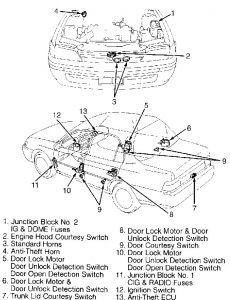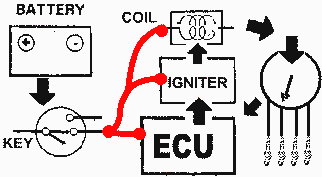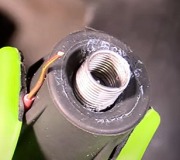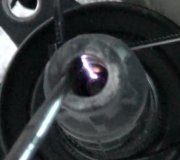[quote="electricsteve"]Fisherman,
No spark from the coil contact. I clipped a short test lead to the contact and moved the other end toward a grounded bolt while the engine was being cranked. Started at 1/2" gap and moved in to closer than 1/16" gap. No joy.
Thanks for hanging in here with me.
Steve
[/quote
Hello Steve.
We are getting closer !
You have to check good the Ignition coil. Looks to me like its bad !
OK here are the especifications courtesy of Mitchell1:
IGNITION COIL RESISTANCE
Disconnect wiring from ignition coil so ignition coil is isolated from system. Using ohmmeter, check primary resistance between ignition coil positive (+) and negative (-) terminals. See Fig. 3.
Check secondary resistance between ignition coil positive (+) terminal and high tension terminal (coil wire tower).
Replace ignition coil if resistance is not within specification.
IGNITION COIL RESISTANCE
Primary : 1.11 - 1.75
Secondary : 9000 - 15,700
you just check the primary but not the secondary.
Let me know
SPONSORED LINKS
Tuesday, October 9th, 2007 AT 8:03 PM






